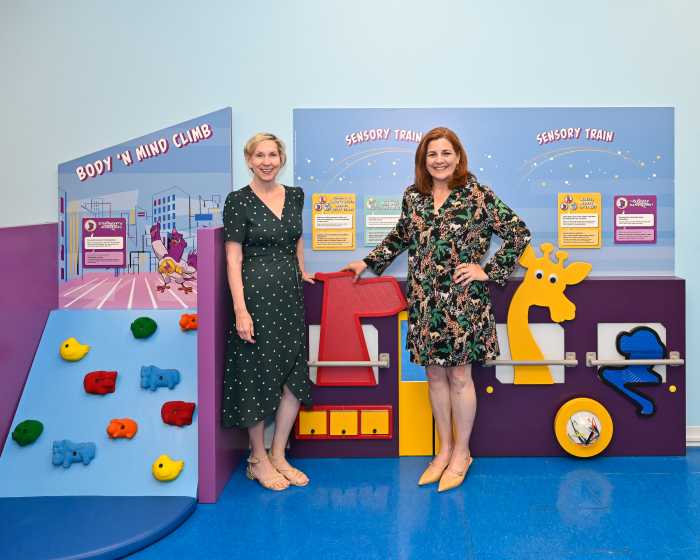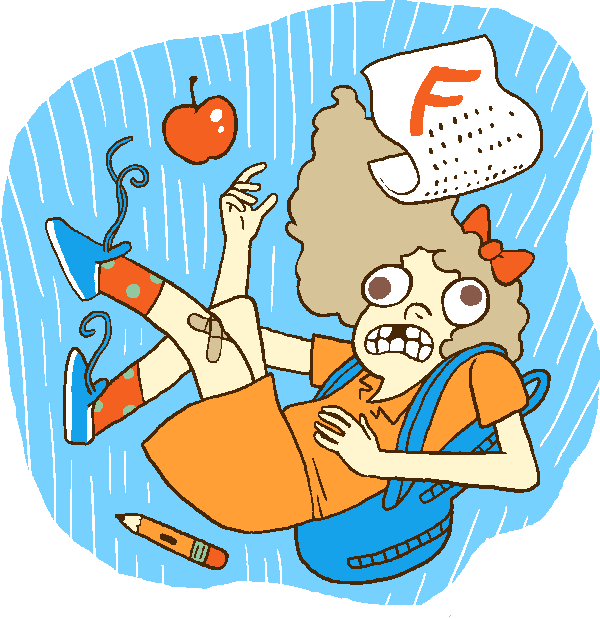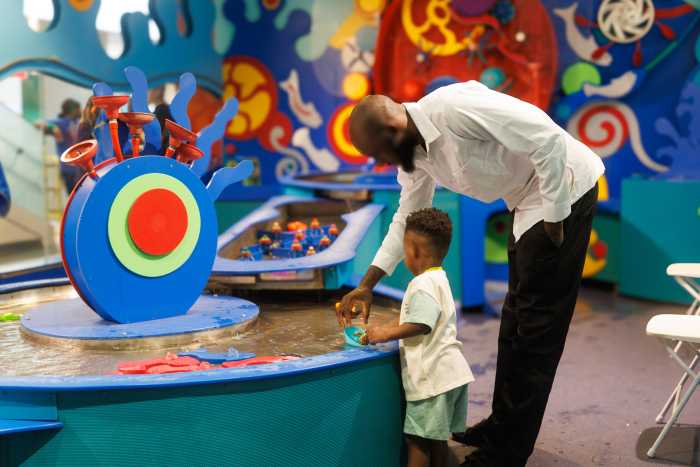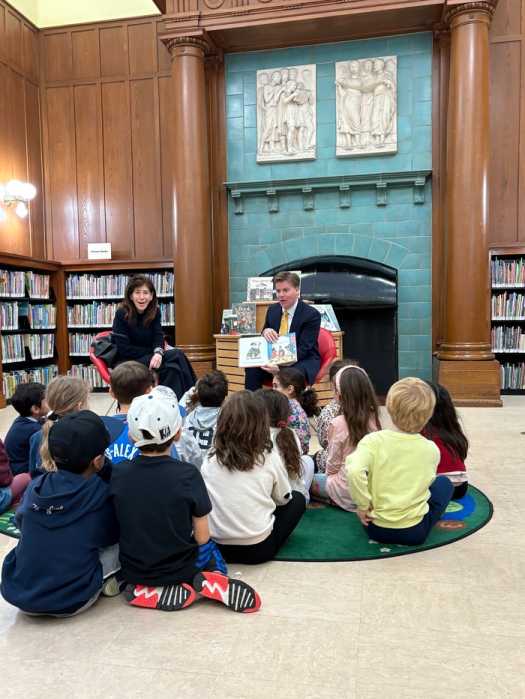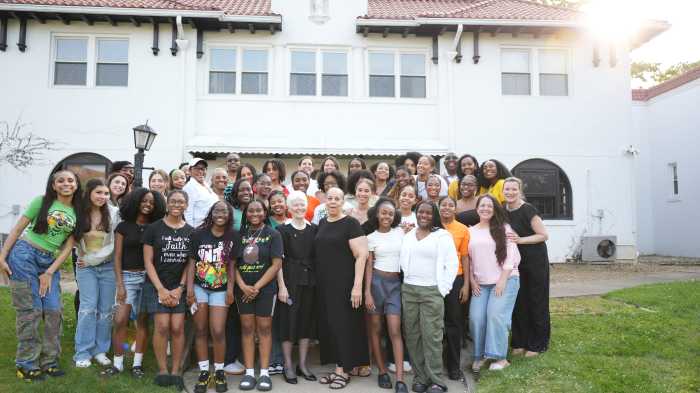The Children’s Museum of Manhattan and Women in Need Inc. celebrated the launch of two new CMOM learning hubs at WIN’s Rosa Parks and Shirley Chisholm family centers on June 26, holding a ribbon-cutting ceremony at the Rosa Parks family shelter in Park Slope.
According to Advocates for Children, more than 146,000 New York City students experienced homelessness during the 2023-24 school year, a 23% increase from the previous year and the ninth consecutive year in which more than 100,000 students were identified as homeless. Children experiencing homelessness are at greater risk of health problems, developmental delays and below-average academic performance.
The collaboration between WIN and CMOM is part of a three-year pilot program that provides high-quality early childhood education, family workshops and professional development for WIN staff, using CMOM’s research-based curriculum. The museum-grade, interactive learning components — including sensory, climbing and sound stations — offer engaging activities for children and their parents to enjoy and bond over.
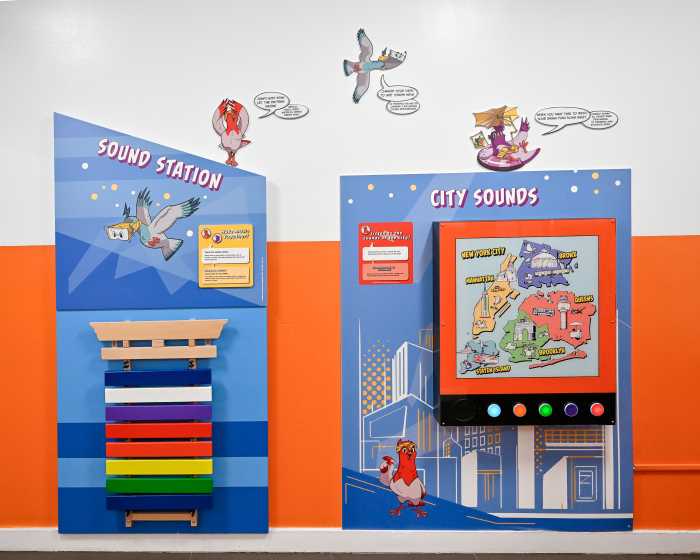
Christine Quinn, CEO and president of WIN, the largest provider of shelter and supportive housing for families experiencing homelessness in New York City, said she was thrilled to bring the educational tools to WIN’s 16 shelters.
Additional learning hubs will be installed at three WIN shelters in Brooklyn during the first phase. Six more hubs are planned for next year at WIN sites in Manhattan, Brooklyn and the Bronx, with at least five more expected in the third year.
“The biggest indicator of who will be homeless as an adult is if you were homeless as a child,” Quinn said. “We know homeless children, they fall behind in school compared to their housed counterparts. So to bring these great educational resources into our shelter, they not only brighten the shelter and makes it a much more welcoming place, they give children an opportunity to learn.”
The positive impact of the colorful learning hubs are multifaceted, Quinn explained.
“[The learning hubs] give children an opportunity to learn when they don’t even know they’re learning because they’re playing. It’s been proven that play helps address and eradicate the impact of trauma on children,” the former City Council speaker said. “This really is something that has so many positive effects, and we just are thrilled to be able to bring it as a resource to our moms and to our children.”
